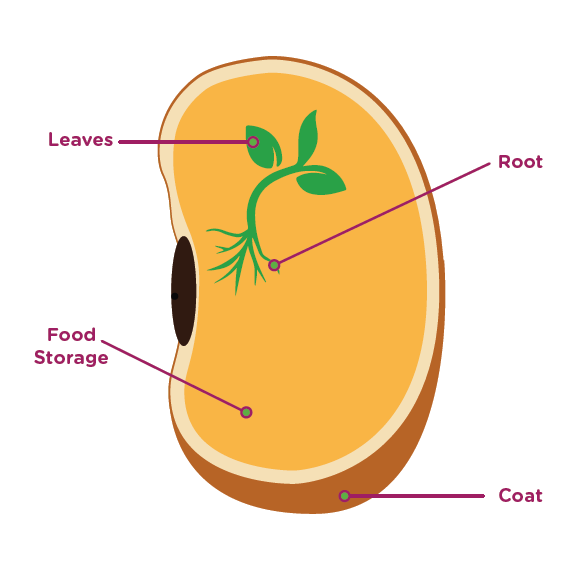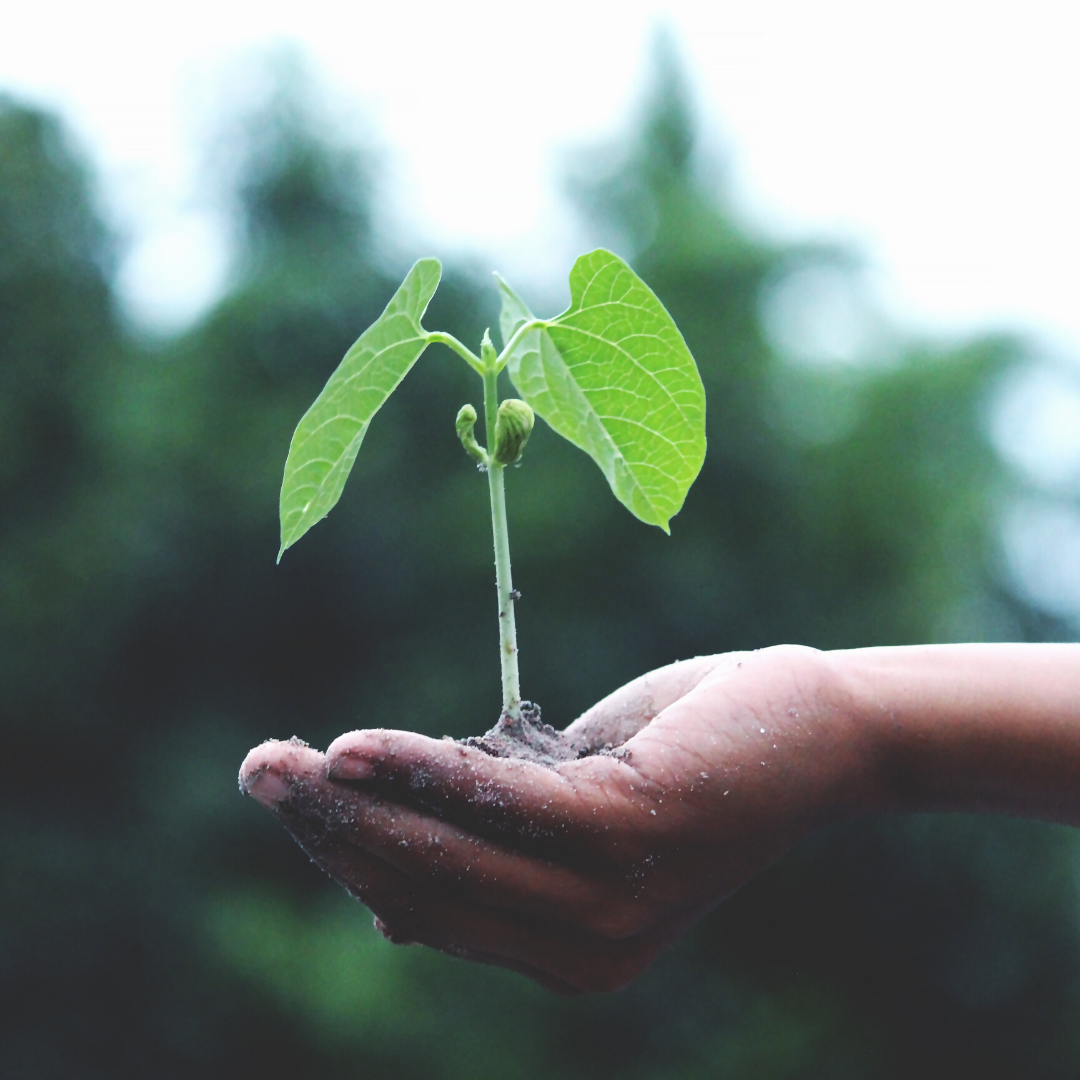Try this meaningful recycling project using items you’re almost guaranteed to already have on hand! Caring for our earth and understanding a food’s journey from seed to table truly go hand in hand.
What you’ll need:
Egg shells (as many as you want!)
Dried Lima beans, or any other dried beans on hand (kidney beans works great too)
Water or soda bottle caps, or old egg carton
Soil or shredded cotton balls
Water
Directions:
Talk with your children about what it REALLY means to recycle. Children don’t always connect throwing a bottle into the correct bin with just exactly how it helps our planet. An easy way to explain recycling is “we can take something old, and turn it into something new, to help our planet by not wasting.”
You can rinse your eggshells if you’d like, but we left any residue in the egg shells to dry/harden to see if it could act as a “fertilizer.”
Place an egg shell half in each bottle cap to keep it steady, or use an old egg carton as a planter (as pictured). Scoop damp (but not soaked) soil into each egg shell (or use shredded cotton) so that it’s relatively full. Show children how to press the one bean, so that it goes all the way down into the soil. If using cotton, just be sure that the cotton is fully covering the bean.
Keep the soil moist, but not soaked, and kept in a well lit, sunny place. Enjoy watching the seed cycle alongside your children, and transplant any sprouted beans into a larger pot of soil, or garden! The best part, the egg is biodegradable!
Discussion:
What are beans? Beans are seeds. Bean plants grow from bean seeds
and need water and sunlight to grow. Beans have food stored in them
for the bean plant as it grows.
Pass around a few dry beans for the children to look at and feel. What do they look like? How do they feel? Are they the same as fresh beans? (Bonus: use any fresh beans like edamame or green beans you may have on hand).
Which do we eat: fresh, dry or both? Which can we plant? Dry beans are seeds. Fresh beans can be eaten raw or cooked, while dry beans can be planted to sprout and grow.
Bean Facts:
Beans come from plants (see image on the right).
Common beans we eat include kidney beans, black beans, great northern beans (white), and lima beans. Legumes are also included in beans such as lentils, peas, chickpeas, mung beans, and soybeans.
The outside of the bean seed has a seed coat, which protects the bean from injury or drying out.
Every bean has food stored inside to provide nutrition to the new baby plant as it sprouts. (see image below).
Beans can be sprouted in cotton, paper towels, or even zip bags. Once a plant has sprouted leaves, it must be moved to soil to survive and keep growing.
Try our DIGITAL membership!
All of our exciting, hands-on content right at your fingertips!

























